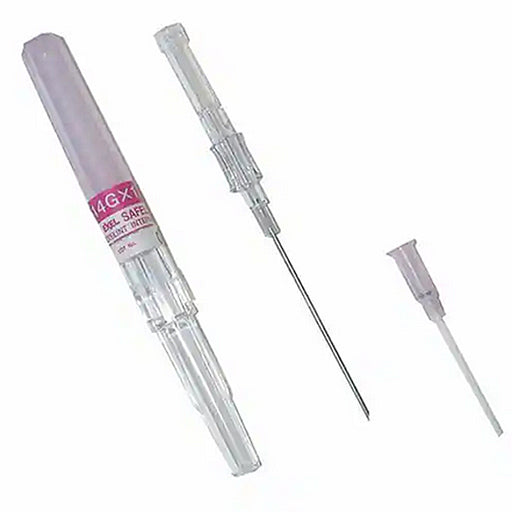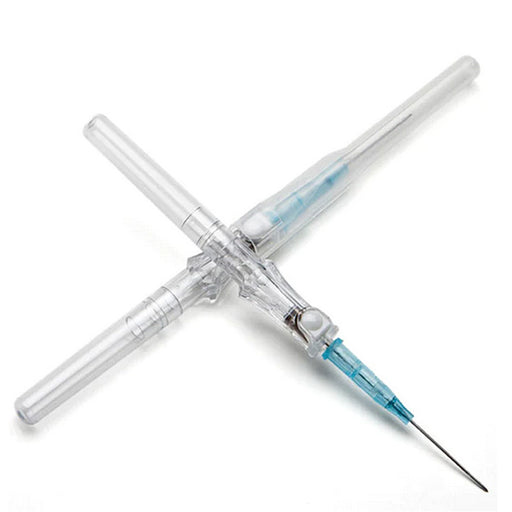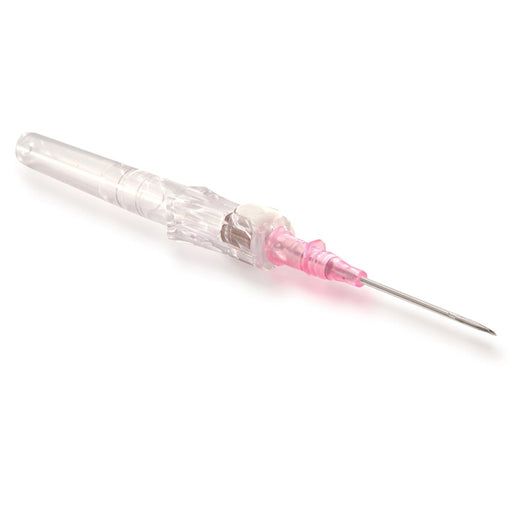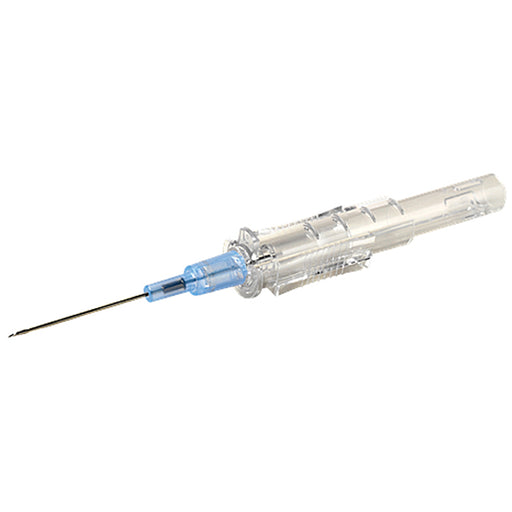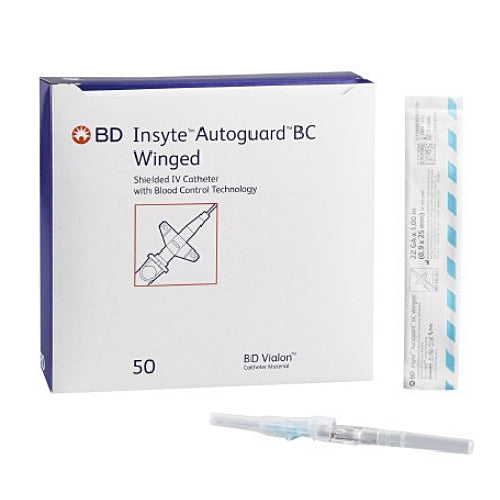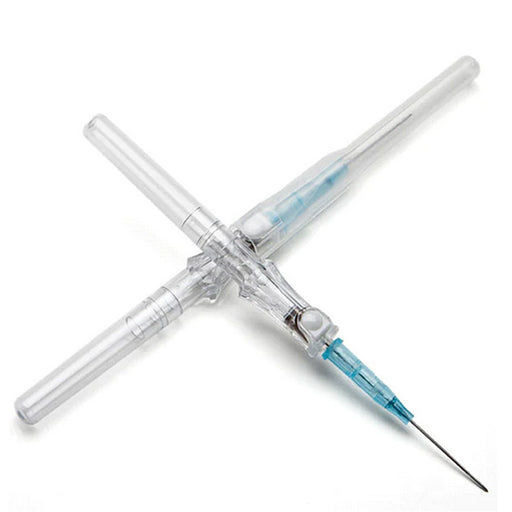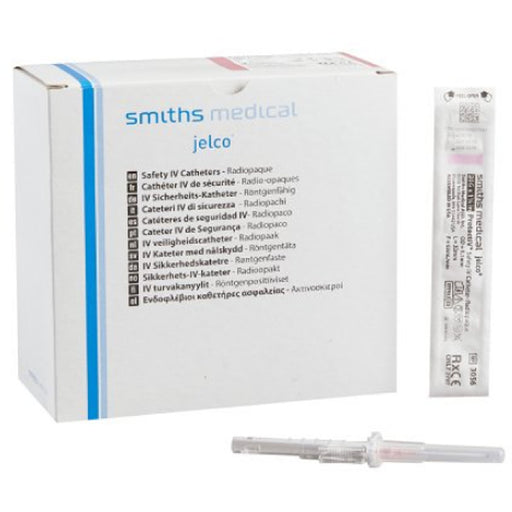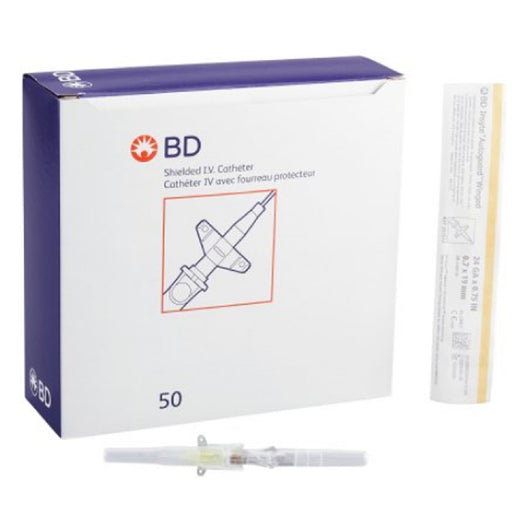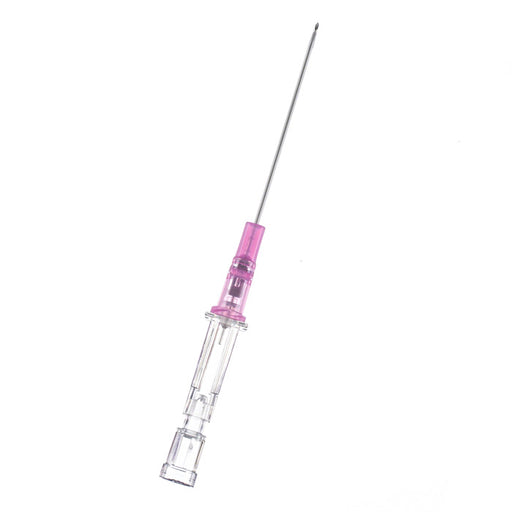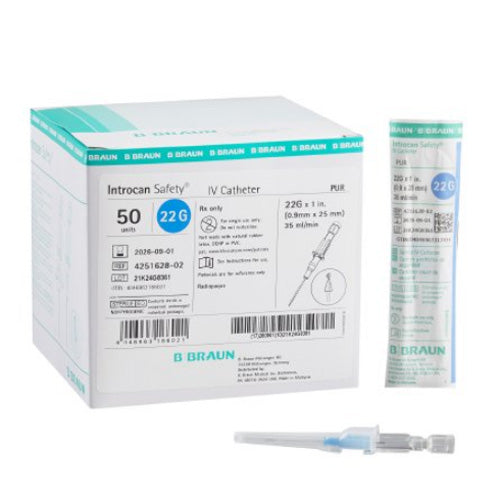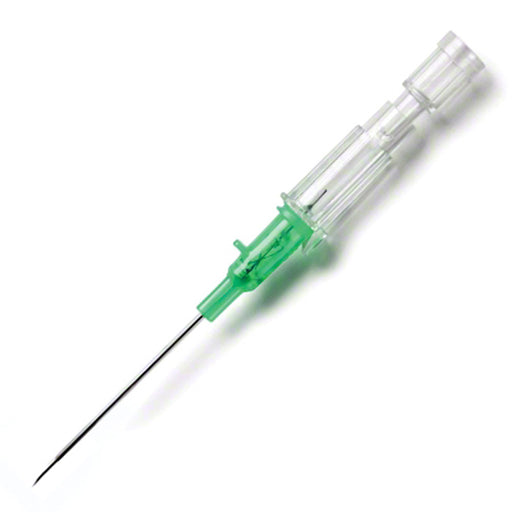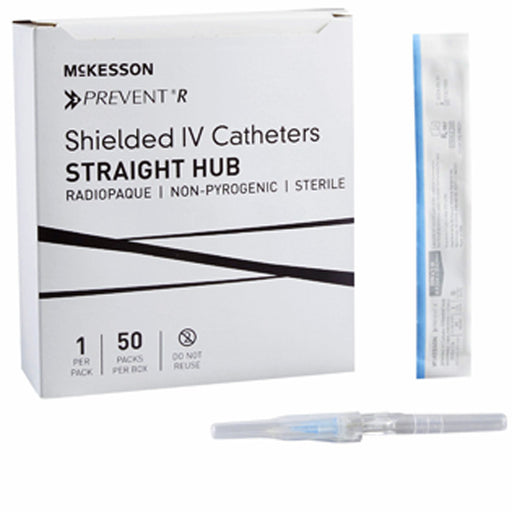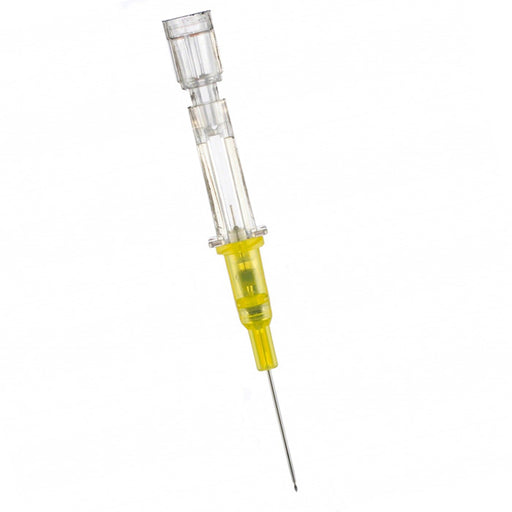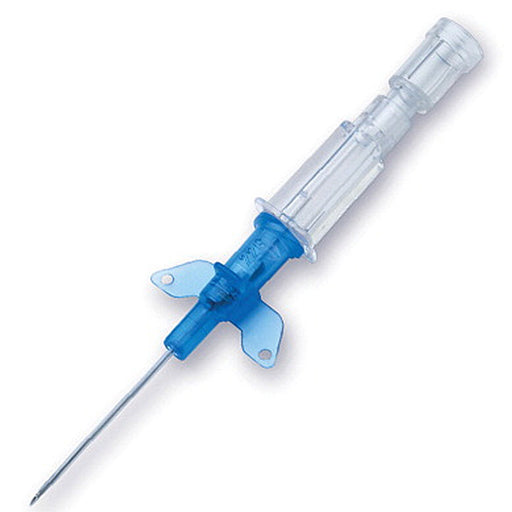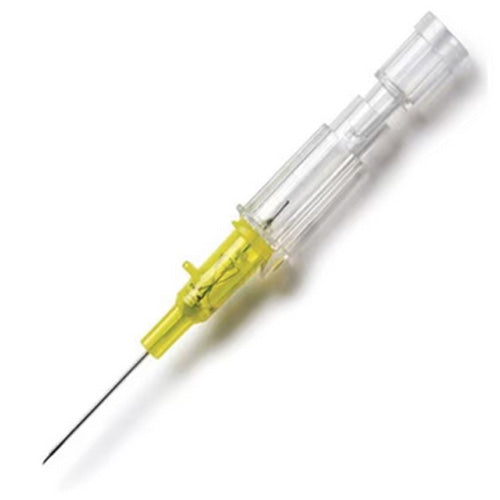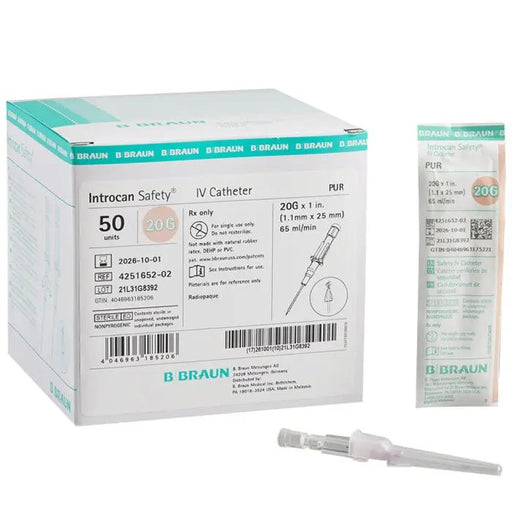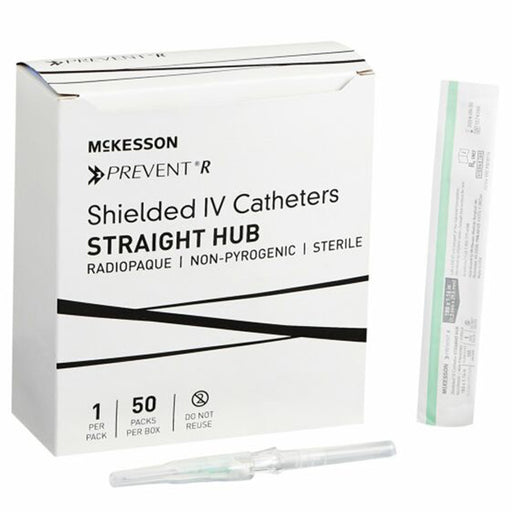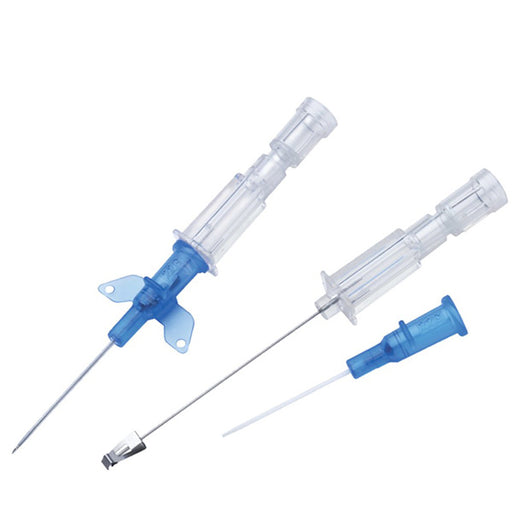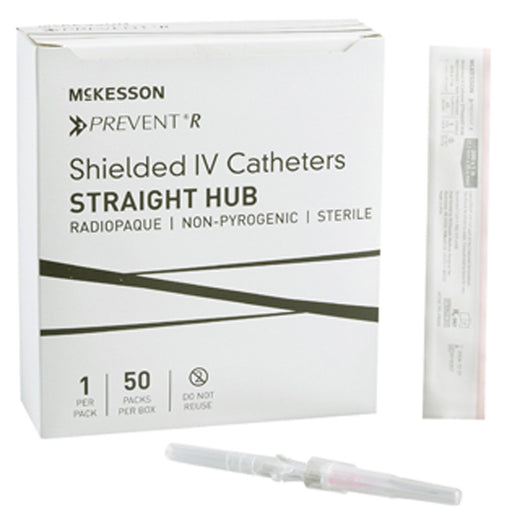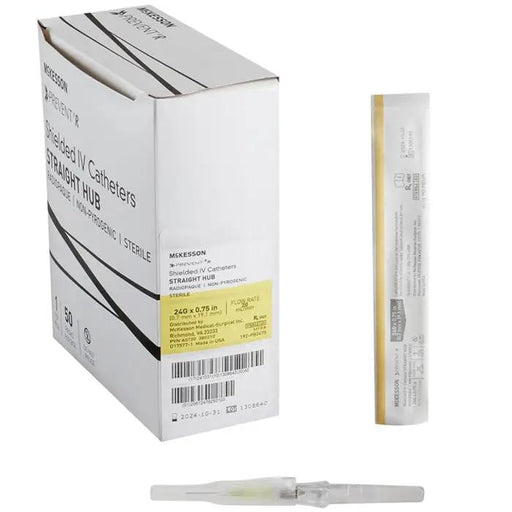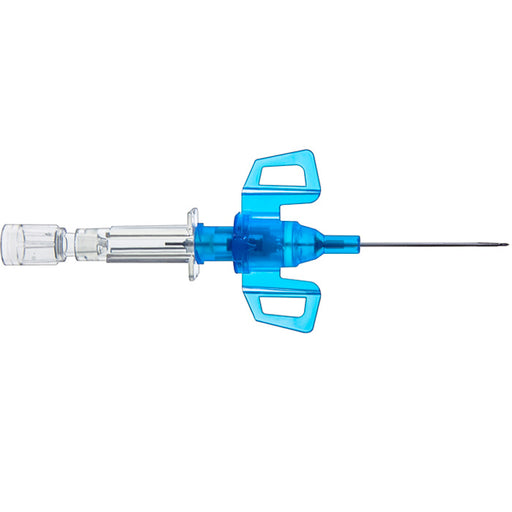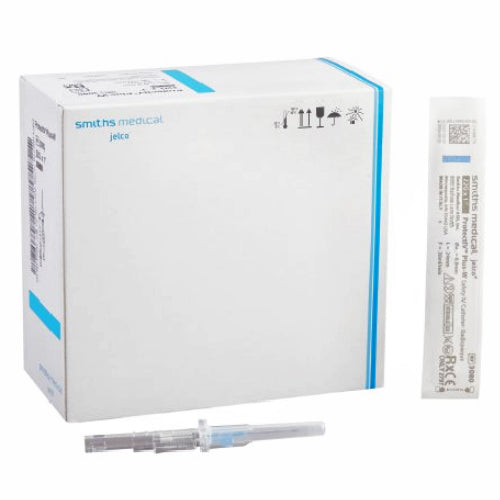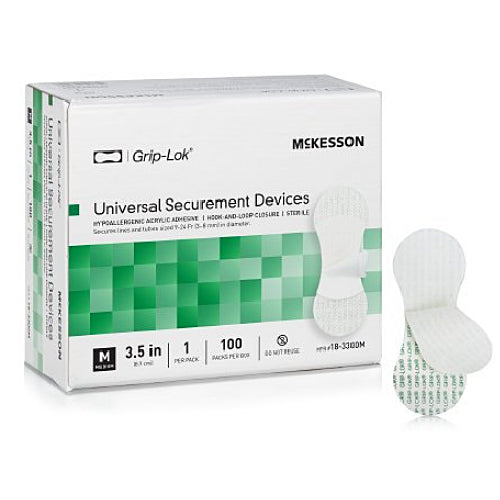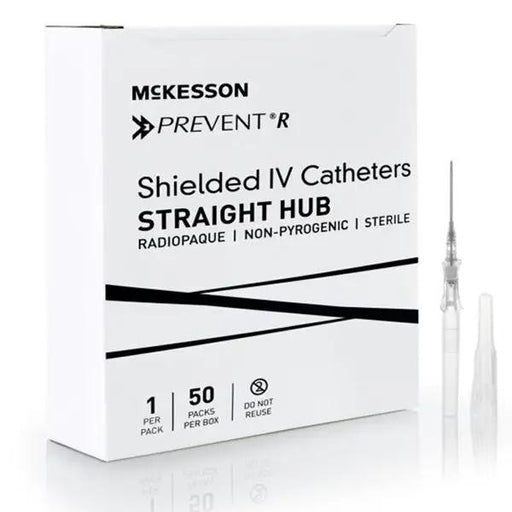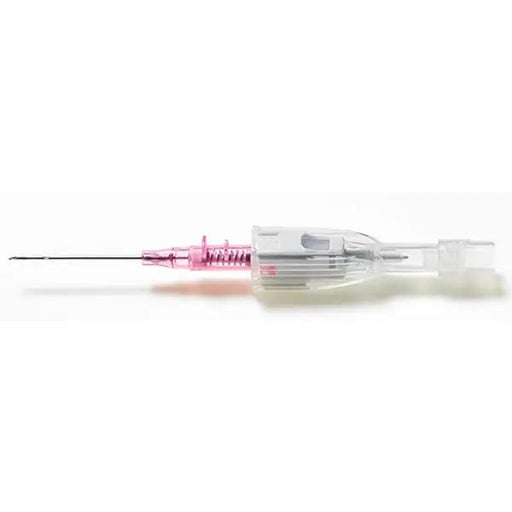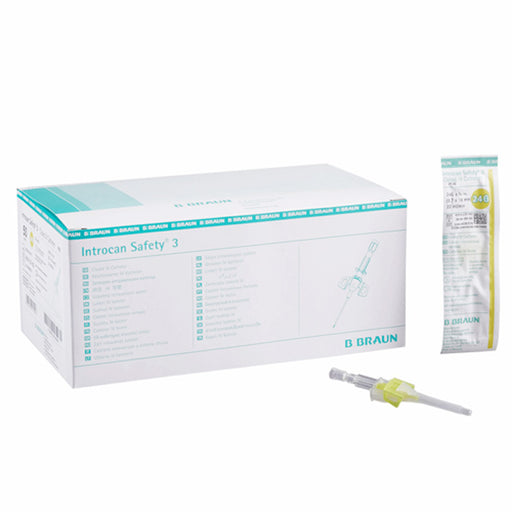What is a IV Catheter
An IV catheter is a medical device used to deliver fluids, medications, or nutrients directly into a patient's vein. Here are its key components and functions:
- Design: Consists of a flexible, hollow tube that is inserted into a vein using a needle. Once the catheter is in place, the needle is removed, leaving only the plastic tube.
- Usage: Commonly used for administering medications, fluids, blood products, or for drawing blood.
- Types: Includes peripheral IV catheters (placed in smaller veins) and central venous catheters (inserted into larger veins, often in the chest, neck, or groin).
- Duration: Peripheral IVs are typically for short-term use, while central venous catheters are used for longer durations.
- Care: Requires proper insertion technique and maintenance to prevent complications such as infections or phlebitis.
IV catheters are essential tools in medical care for efficient drug and fluid administration.
IV Catheter Types:
IV catheters are categorized based on their intended use and placement. Here are the main types:
Peripheral IV Catheters:
- Description: Short catheters placed in smaller veins, typically in the arms or hands.
- Use: Suitable for short-term therapy like fluids, medications, or blood draws.
Central Venous Catheters (CVCs):
- Description: Longer
catheters inserted into larger veins, often through the neck (internal jugular), chest (subclavian), or groin (femoral).
Types:
- PICC Lines (Peripherally Inserted Central Catheters): Inserted into a vein in the arm and threaded to a central vein.
- Tunneled Catheters: Surgically placed under the skin to reduce infection risk.
Non-tunneled Catheters: Directly inserted into central veins for short-term use. - Implanted Ports: A catheter attached to a port implanted under the skin, used for long-term access.
Midline Catheters:
- Description: Longer than peripheral catheters but do not reach central veins.
- Use: For therapies extending beyond a week but not requiring central access.
Each type has specific indications based on the patient's medical needs and the duration of treatment required.
IV Catheter Sizes:
Intravenous (IV) catheters come in various sizes, usually indicated by gauge numbers. Here's a quick overview of common sizes:
- 14G (Gauge): Largest diameter, often used in emergency situations for rapid fluid resuscitation.
- 16G: Also used for rapid fluid and blood transfusions.
- 18G: Common for blood transfusions and administering large volumes of fluid.
- 20G: Versatile size, suitable for most infusions and medications.
- 22G: Used for patients with smaller veins or in pediatric cases, suitable for slow infusions.
24G: Smallest size, often used for very fragile veins, elderly, or pediatric patients.
The size choice depends on the patient's condition, vein size, and the type of fluids or medications being administered. Larger gauges (smaller number) allow faster fluid flow, while smaller gauges (larger number) are less invasive.
How to Insert a IV Catheter Needle
Possible Complication:
IV catheter insertion can lead to several potential complications. Some of the common ones include:
- Phlebitis: Inflammation of the vein, often causing redness, warmth, and pain.
- Infiltration: Leakage of IV fluid into surrounding tissue, leading to swelling and discomfort.
- Extravasation: Similar to infiltration, but involves leakage of vesicant drugs, potentially causing tissue damage.
- Hematoma: Bruising and swelling due to blood leakage around the insertion site.
- Infection: Bacterial entry at the IV site, possibly leading to localized infection or systemic issues like sepsis.
- Air Embolism: Air entering the bloodstream, which can be life-threatening if large volumes are introduced.
- Catheter-Related Thrombosis: Blood clots forming around the catheter.
- Nerve Injury: Damage to nerves near the insertion site, potentially causing pain or loss of function.
Proper technique and monitoring can help minimize these risks.

